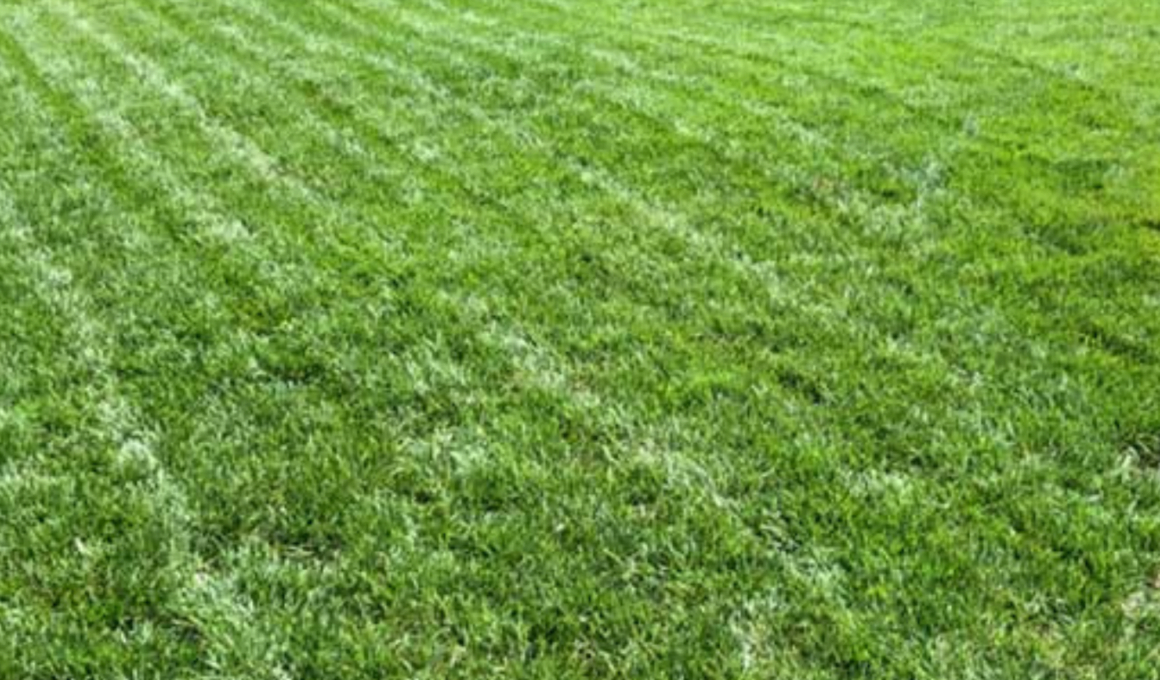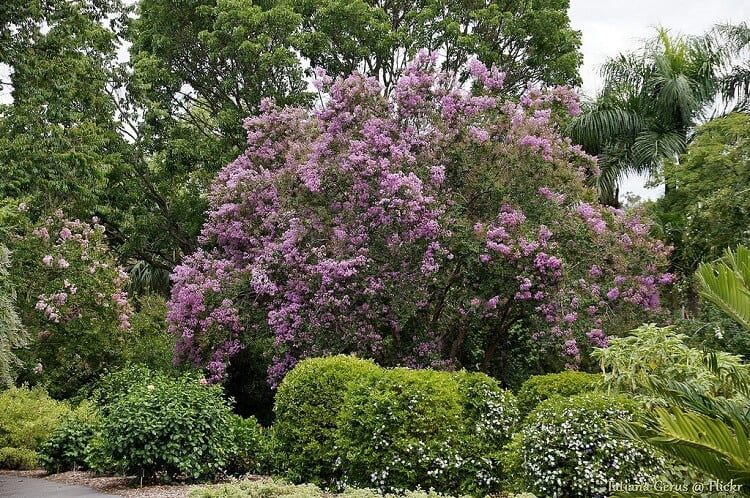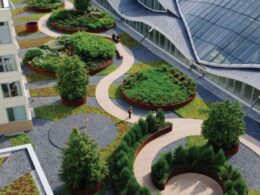Best Grass Options for Georgia Lawns
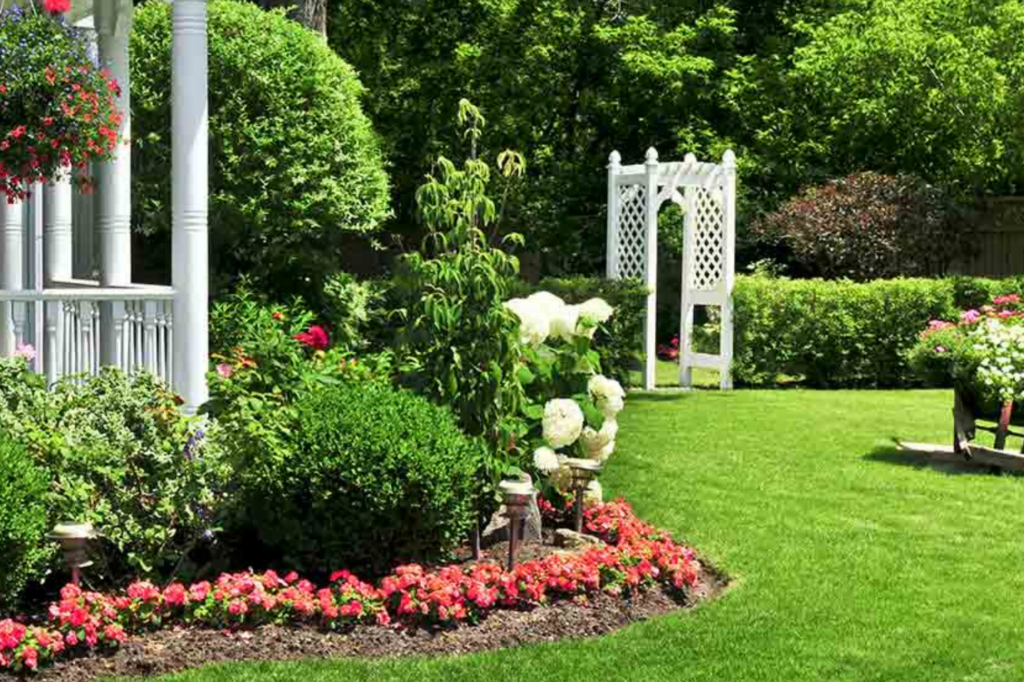 Georgia’s warm and humid climate provides optimal conditions for a wide range of grasses. When selecting the best grass option for your lawn, it is crucial to consider factors such as sunlight exposure, soil type, and water availability. Here are some popular grass types and common grass species that thrive in Georgia:
Georgia’s warm and humid climate provides optimal conditions for a wide range of grasses. When selecting the best grass option for your lawn, it is crucial to consider factors such as sunlight exposure, soil type, and water availability. Here are some popular grass types and common grass species that thrive in Georgia:
| Grass Type | Best Suited for | Characteristics |
|---|---|---|
| Bermuda grass | Sunny, high-traffic lawns | Drought-tolerant, low maintenance, fast-growing |
| Zoysia grass | Sunny or lightly shaded lawns | Drought-tolerant, low maintenance, slow-growing |
| Fescue grass | Shaded or partially shaded lawns | Cool-season grass, drought-tolerant, low maintenance, slower-growing |
Georgia Turfgrass Varieties
In addition to the popular grass types mentioned above, Georgia also boasts a variety of turfgrass species that are well-adapted to the region’s unique climate. The University of Georgia’s Turfgrass Research and Education website recommends the following turfgrass varieties for Georgia lawns:- Princess 77 Bermuda grass
- TifTuf Bermuda grass
- Zorro Zoysia grass
- Zenith Zoysia grass
- Rebel Supreme Fescue grass
- ShadeMaster Fescue grass
Are There Any Palm Plants That Can Be Grown in Georgia?
Georgia’s climate poses challenges for growing palm plants, but there are a few varieties of outdoor palm plants that thrive in the region. The Windmill Palm (Trachycarpus Fortunei) and Needle Palm (Rhapidophyllum histrix) are among the hardiest options, capable of tolerating Georgia’s colder winters. These varieties of outdoor palm plants offer a touch of tropical beauty to Georgia’s landscapes, even in colder regions.
Native and Exotic Grasses in Georgia
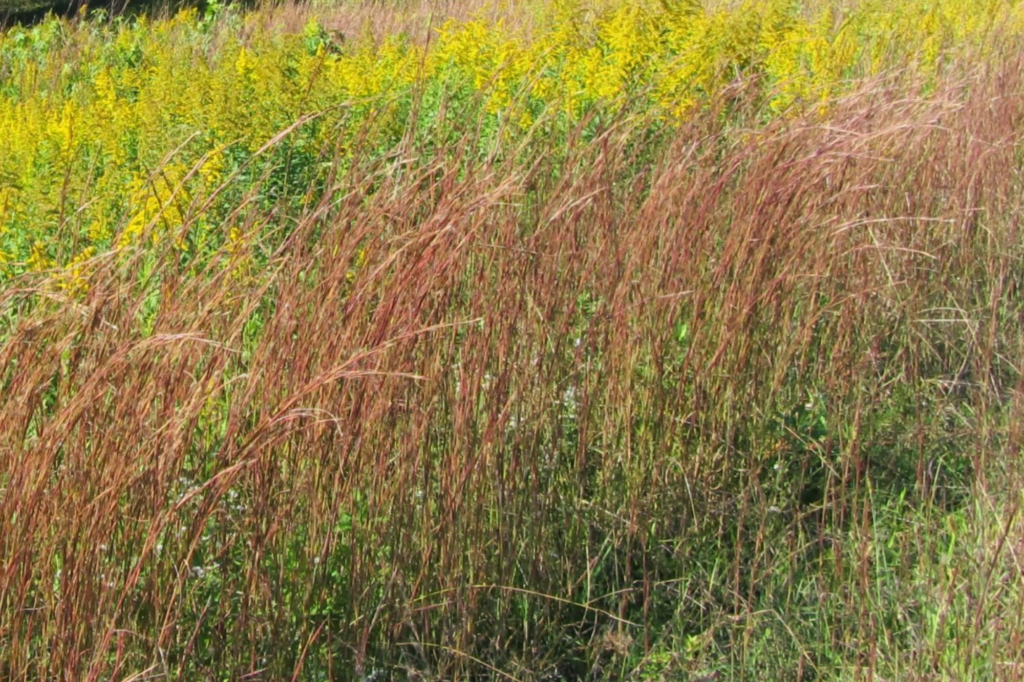 Georgia is home to an array of native and exotic grass species. These grasses have adapted to the state’s unique climate and provide various benefits for the environment and local ecosystems.
Native grasses, in particular, have been an essential component of Georgia’s landscape for thousands of years. These grasses have grown in the state’s climate for centuries and provide several benefits, such as improving soil quality, managing water runoff, and supporting local wildlife.
Some of the common native grasses found in Georgia include Eastern Gamagrass, Little Bluestem, and Pineywoods Dropseed. Eastern Gamagrass is an excellent option for erosion control and can grow up to ten feet tall. Little Bluestem is a shorter grass that adds aesthetic appeal and thrives in dry conditions. Pineywoods Dropseed is a drought-resistant grass that tolerates high temperatures and poor soils.
Exotic grasses, on the other hand, are species that have been introduced to Georgia from other parts of the world. Some of these grasses have become invasive and can harm the environment and local ecosystems. Therefore, it is crucial to select exotic grasses carefully to ensure they do not become harmful to the environment.
Warm-season and cool-season grasses are the two categories of exotic grasses commonly found in Georgia. Warm-season grasses, such as Bermuda grass and Zoysia grass, thrive in hot and humid climates, making them excellent options for the state. On the other hand, cool-season grasses, such as Kentucky Bluegrass and Tall Fescue, prefer cooler temperatures and are suitable for areas with mild summers.
It is essential to note that selecting native grasses in Georgia is beneficial to the environment and helps maintain the state’s unique ecosystem. Native grasses are well-suited to Georgia’s climate and require less maintenance and water than exotic grasses. However, selecting exotic grasses carefully based on their characteristics and suitability to Georgia’s climate can also provide benefits for lawns and the environment.
Georgia is home to an array of native and exotic grass species. These grasses have adapted to the state’s unique climate and provide various benefits for the environment and local ecosystems.
Native grasses, in particular, have been an essential component of Georgia’s landscape for thousands of years. These grasses have grown in the state’s climate for centuries and provide several benefits, such as improving soil quality, managing water runoff, and supporting local wildlife.
Some of the common native grasses found in Georgia include Eastern Gamagrass, Little Bluestem, and Pineywoods Dropseed. Eastern Gamagrass is an excellent option for erosion control and can grow up to ten feet tall. Little Bluestem is a shorter grass that adds aesthetic appeal and thrives in dry conditions. Pineywoods Dropseed is a drought-resistant grass that tolerates high temperatures and poor soils.
Exotic grasses, on the other hand, are species that have been introduced to Georgia from other parts of the world. Some of these grasses have become invasive and can harm the environment and local ecosystems. Therefore, it is crucial to select exotic grasses carefully to ensure they do not become harmful to the environment.
Warm-season and cool-season grasses are the two categories of exotic grasses commonly found in Georgia. Warm-season grasses, such as Bermuda grass and Zoysia grass, thrive in hot and humid climates, making them excellent options for the state. On the other hand, cool-season grasses, such as Kentucky Bluegrass and Tall Fescue, prefer cooler temperatures and are suitable for areas with mild summers.
It is essential to note that selecting native grasses in Georgia is beneficial to the environment and helps maintain the state’s unique ecosystem. Native grasses are well-suited to Georgia’s climate and require less maintenance and water than exotic grasses. However, selecting exotic grasses carefully based on their characteristics and suitability to Georgia’s climate can also provide benefits for lawns and the environment.
| Native Grasses in Georgia | Exotic Grasses in Georgia |
|---|---|
| Eastern Gamagrass | Bermuda grass |
| Little Bluestem | Zoysia grass |
| Pineywoods Dropseed | Kentucky Bluegrass |
Drought-Tolerant and Shade-Tolerant Grass Options for Georgia
Choosing the right grass for your lawn in Georgia is crucial, especially when it comes to drought and shade tolerance. During periods of water scarcity, drought-tolerant grasses can continue to thrive, while shade-tolerant grasses can grow healthily in areas with less direct sunlight. Here are some grass options that are well-suited to these conditions:| Grass Type | Drought-Tolerance | Shade-Tolerance |
|---|---|---|
| Bermudagrass | High | Low |
| Zoysia Grass | High | Moderate |
| Fescue Grass | Low | High |





